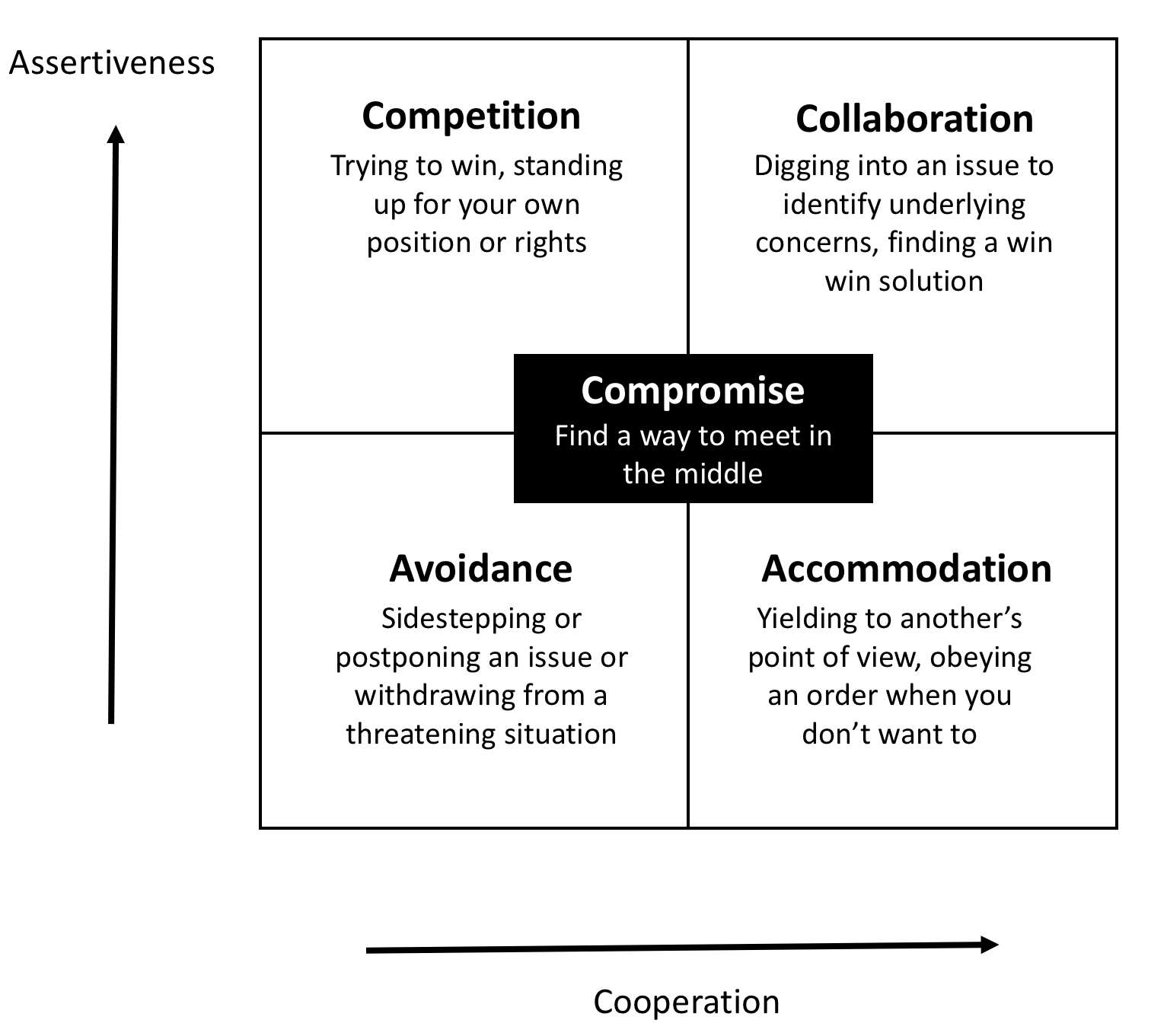Your team isn’t diverse? You should panic. Right now!

We are at our most innovative when we exchange ideas with people from diverse backgrounds—even those with whom we vehemently disagree.”
— Survival of the Friendliest: Understanding Our Origins and Rediscovering Our Common Humanity by Brian Hare, Vanessa Woods
There are good reasons why DE&I (Diversity, Equity, and Inclusion) is a hot topic. The awful, terrible truth is the high-tech space lacks all three elements of DE&I. Not all companies are lacking, but most are, and they don’t lack just a little bit! Fewer than 10% of software developers are female. Only 7% of Fortune 500 CEOs are female. You can easily find these statistics, but they only deal with the gender aspect of diversity. I’m using these examples because everyone knows approximately 50% of the population is female, so numbers like 7% and 10% are way out of whack. The problem is worse than the statistics indicate.
The worst kind of group for an organization that wants to be innovative and creative is one in which everyone is alike and gets along too well.
— Margaret A. Neale, The Adams Distinguished Professor of Management, Emerita, Stanford Graduate School of Business
Every research study I can find online shows the same results: Diverse teams have the potential to perform far better than homogenous teams. Notice the phrase “have the potential to,” which is an important qualifier. Just putting a diverse group together is not automatically going to result in the team improving. There is also the potential for catastrophic conflict as cultures and beliefs clash.
Ok, Agile Bob, we get that diversity can be helpful, but how in the world do we protect against conflict tearing the team apart? I’m glad you asked because the answer is in almost every single course I teach! The simple answer is having an effective ScrumMaster or similar role on the team. A common misconception is that a ScrumMaster only facilitates the various Scrum events and removes impediments for the team. A ScrumMaster will at various times be a coach, teacher, mentor, and facilitator, but most people miss how much ground facilitation covers. Facilitation isn’t just about running efficient meetings. It includes conflict resolution, which for my money, is what separates truly great ScrumMasters from the also-rans.
 I won’t be able to give you all the ins and outs of conflict resolution in a short article like this one, but I can give you some quick pointers. First, most experts agree with the five conflict resolution strategies derived by Dr. Kenneth W. Thomas and Dr. Ralph H. Kilmann. They have developed something called the Thomas-Killman Conflict Mode Instrument. Once a ScrumMaster understands their default strategy, they can improve or work on moving to a more effective technique. Collaboration is great, except when it isn’t! A great ScrumMaster can use all five strategies at the appropriate times.
I won’t be able to give you all the ins and outs of conflict resolution in a short article like this one, but I can give you some quick pointers. First, most experts agree with the five conflict resolution strategies derived by Dr. Kenneth W. Thomas and Dr. Ralph H. Kilmann. They have developed something called the Thomas-Killman Conflict Mode Instrument. Once a ScrumMaster understands their default strategy, they can improve or work on moving to a more effective technique. Collaboration is great, except when it isn’t! A great ScrumMaster can use all five strategies at the appropriate times.
Invest in learning how to resolve conflict. It will make it safer for your team to be much more diverse. If your group is already diverse, having good conflict management enables the team to explore boundaries without fear. Exploring boundaries often leads to breakthrough innovation.





Responses